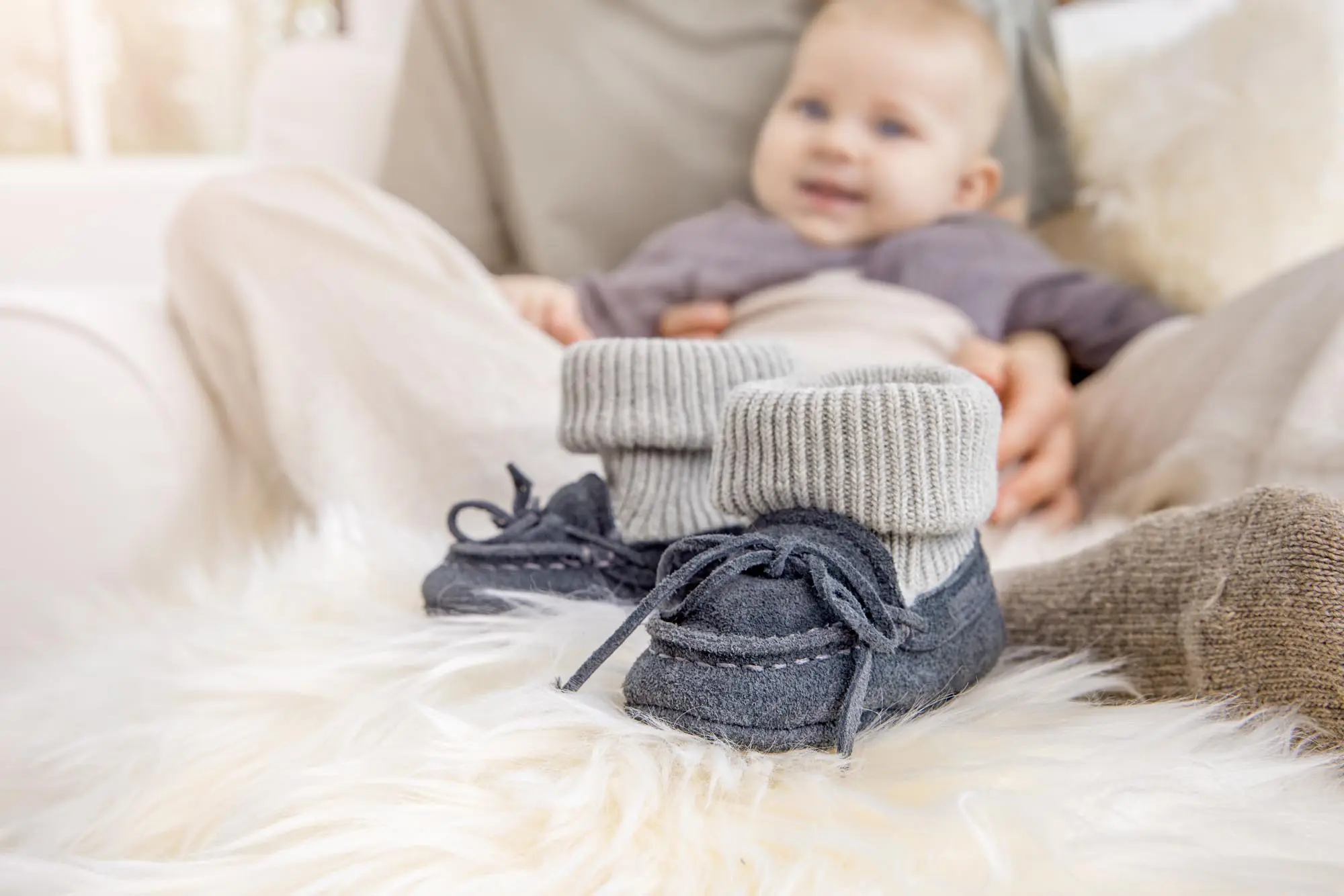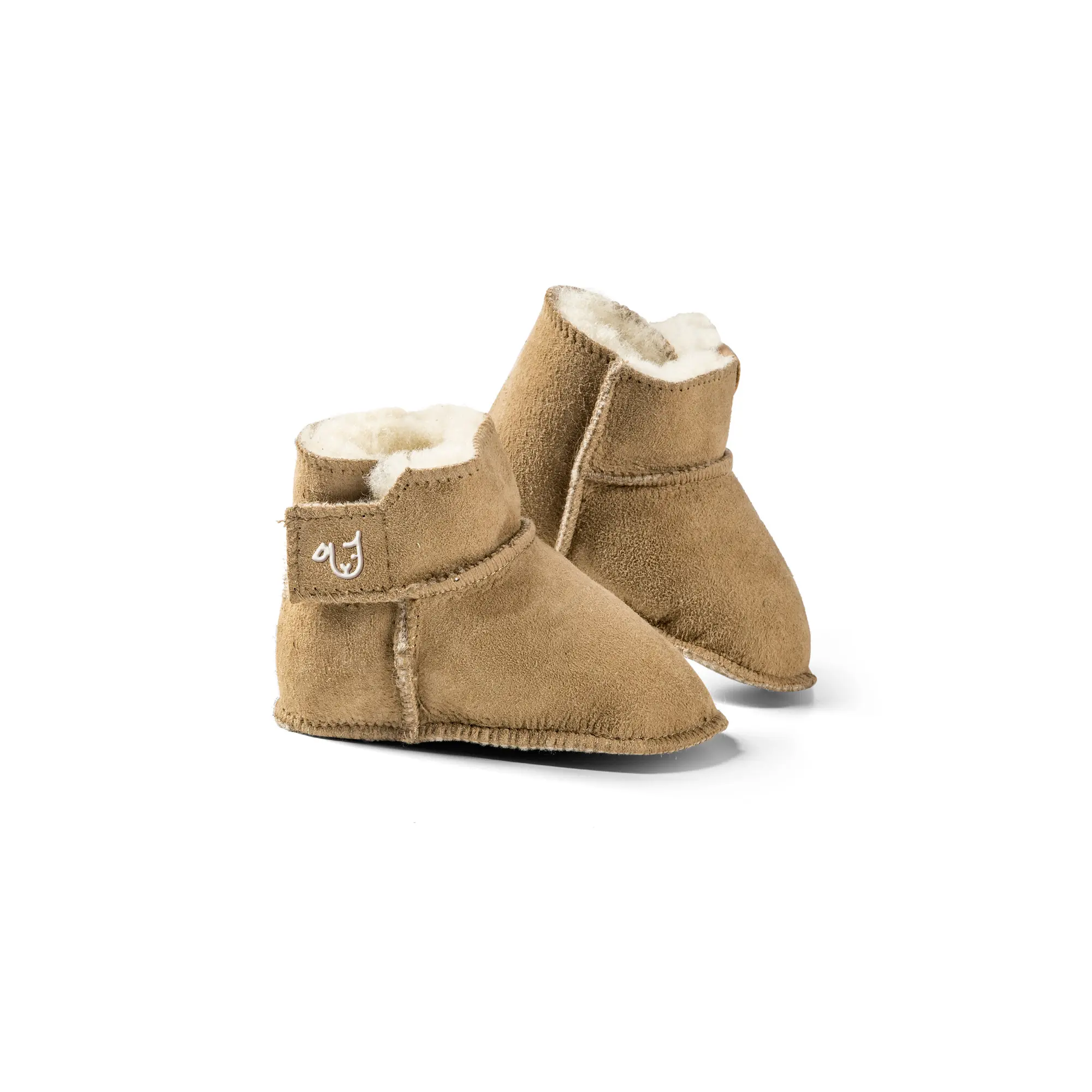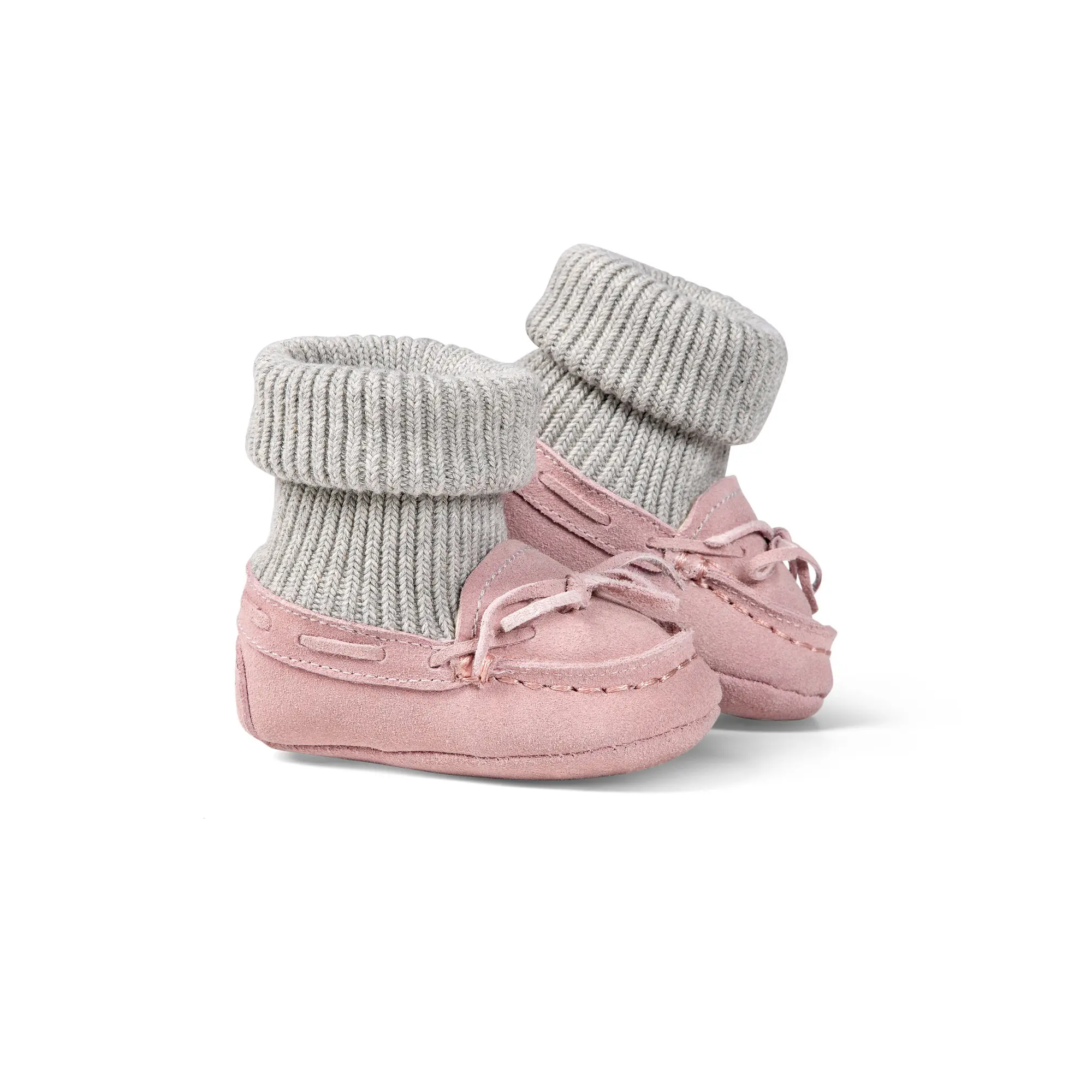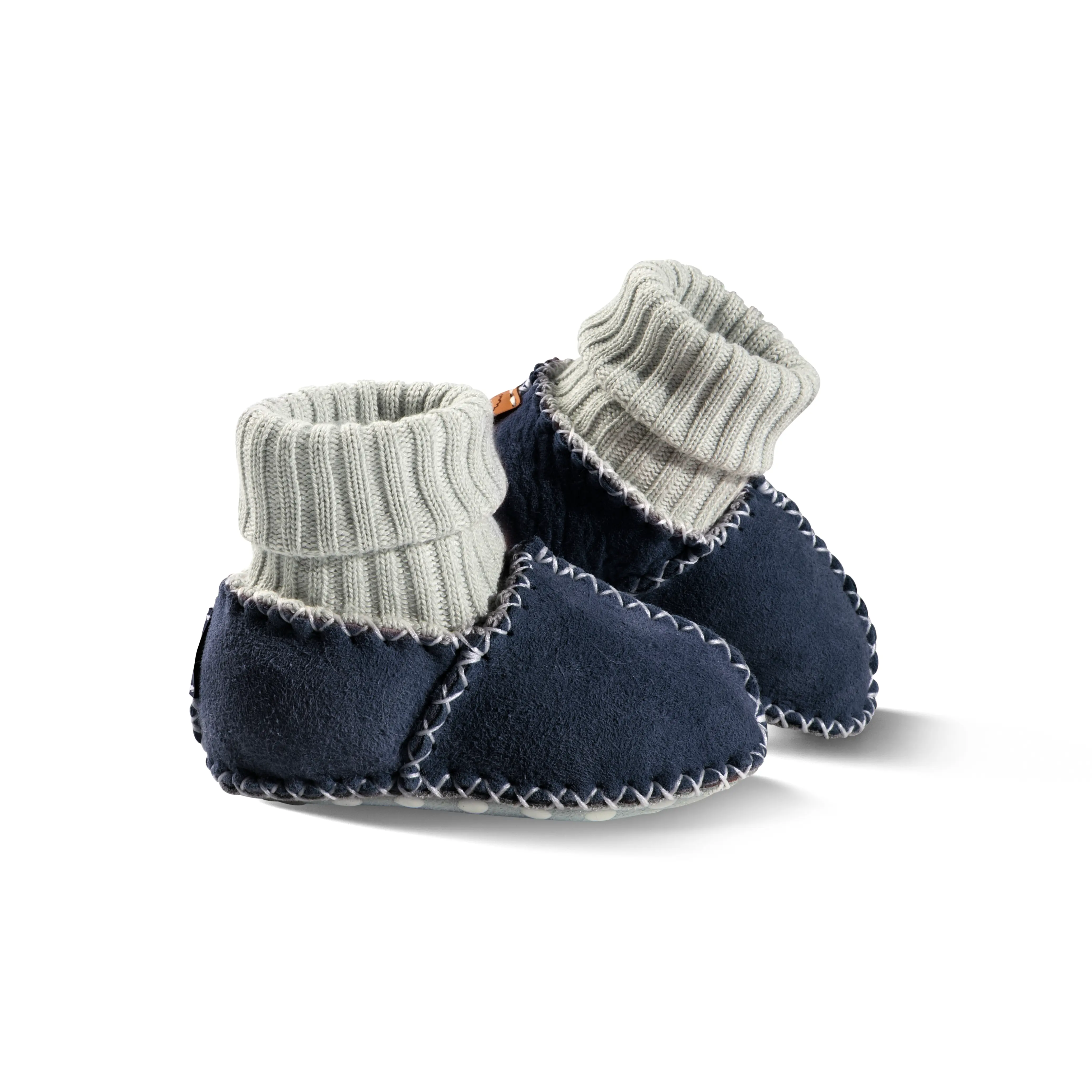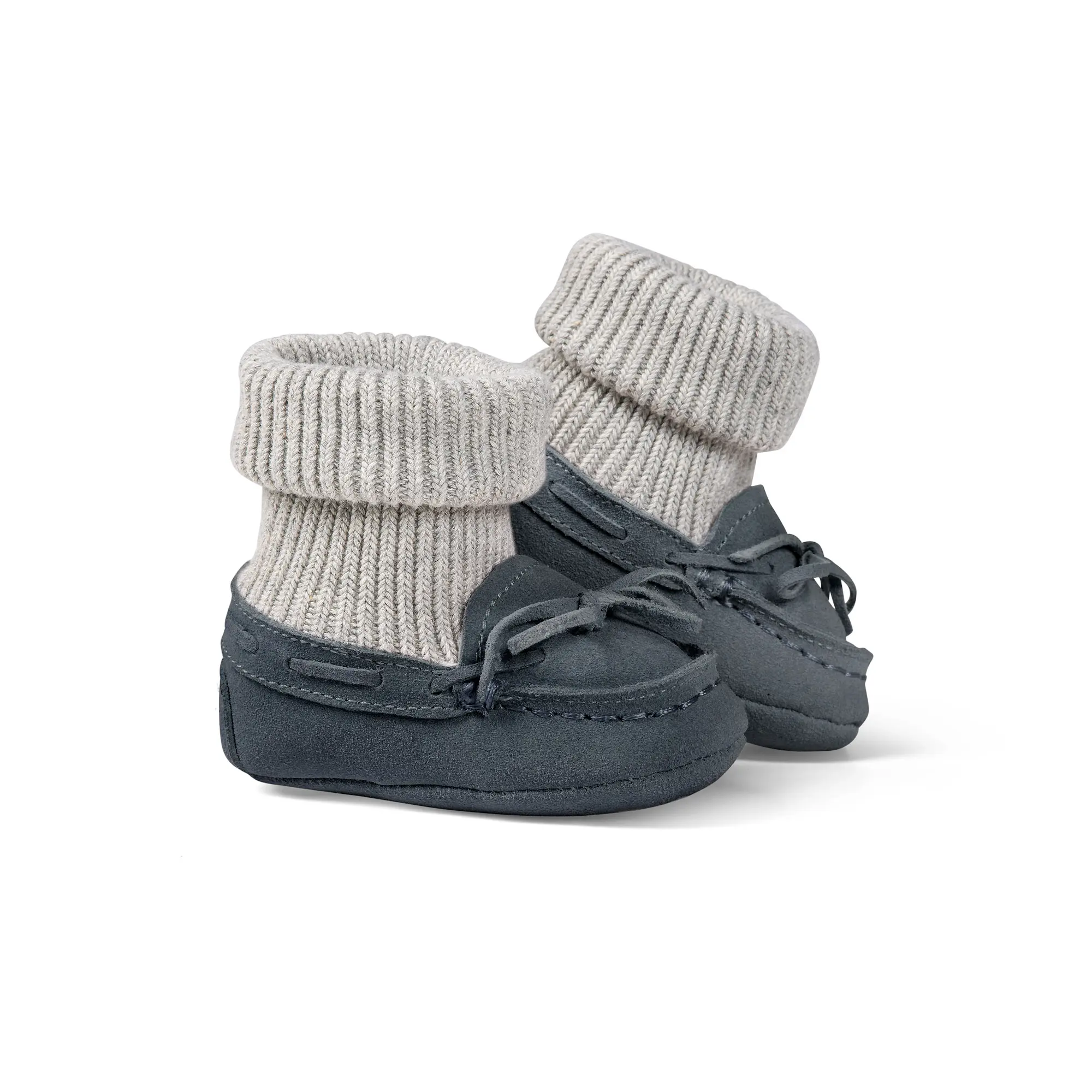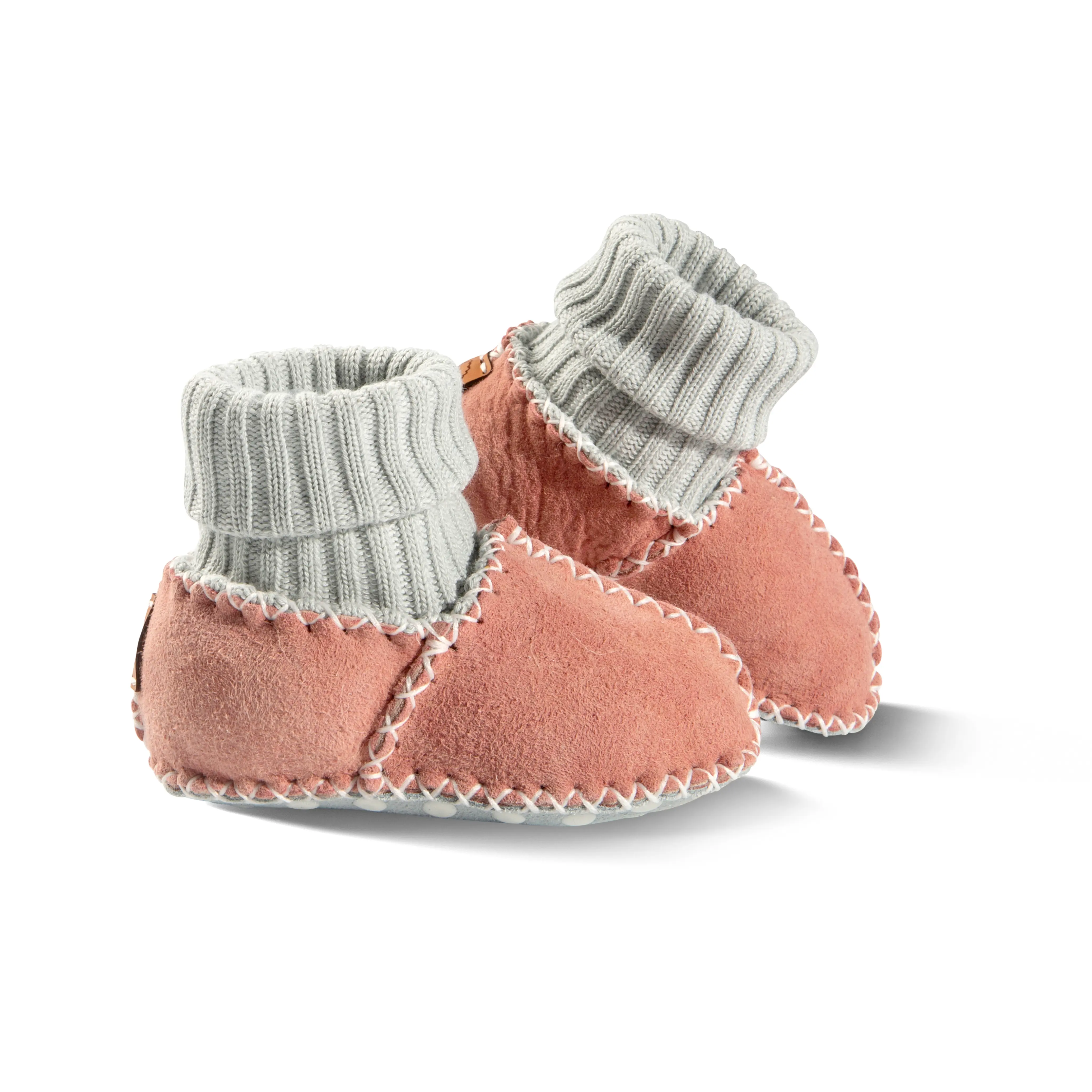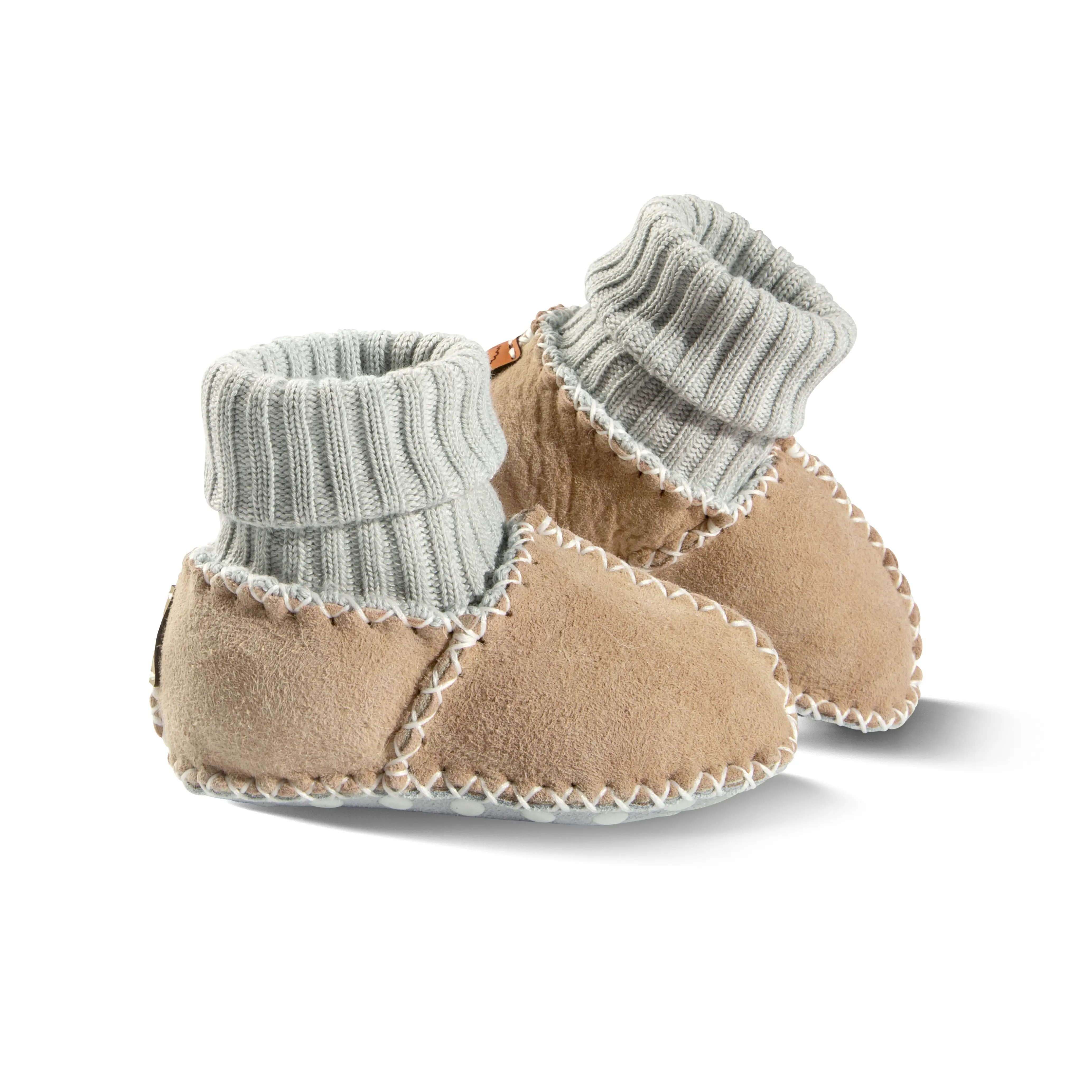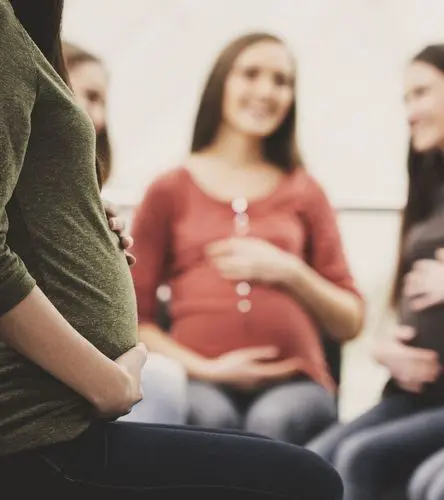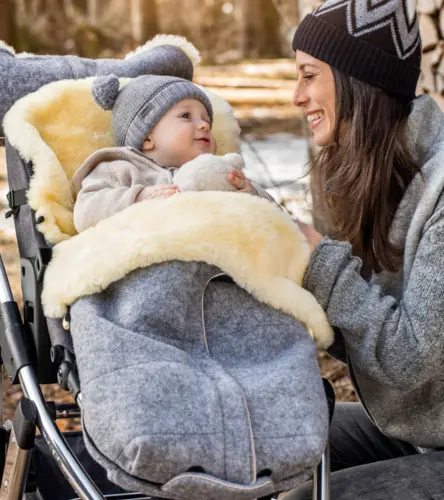When Should Babies Start Wearing Shoes?
The Right Time for First Baby Shoes
When is the right time for your baby’s first steps in shoes? In this guide, you'll learn when to introduce baby shoes and what to consider to ensure your little one’s feet develop naturally and healthily.
When Should Babies Start Wearing Shoes? – Your Guide to Baby’s First Shoes
When do babies need their first shoes? This is a common question among parents as their little ones start to move more actively. In this guide, you’ll learn when to introduce baby shoes and how to choose the right footwear to support healthy foot development.
Natural Foot Development: The Best Start for Baby’s Feet
In the first few months, a baby’s feet are incredibly soft and flexible. Paediatricians and physiotherapists recommend allowing as much natural movement as possible to strengthen foot muscles and support healthy development.
While barefoot time is beneficial, babies still need gentle protection from cold floors and rough surfaces. That’s why soft, flexible footwear like sheepskin booties is the best choice – they provide warmth and comfort without restricting movement.
Why Sheepskin Booties Are the Best First Baby Shoes
During the first 6 months, babies do not need structured shoes. Instead, sheepskin booties or soft baby socks provide warmth and comfort without restricting movement. The benefits include:
- Keeping little feet warm without overheating
- Soft, flexible structure that adapts to the natural foot shape
- A non-slip sole for added grip when crawling
- Breathable natural materials like sheepskin help regulate temperature and prevent sweating
When Should Babies Start Wearing Shoes?
The Right Time for First Walking Shoes
Babies only need structured shoes when they start walking independently, especially outdoors. Shoes at this stage protect their feet from injuries, cold, and rough surfaces – but should not restrict natural movement. This milestone typically occurs between 12 and 18 months. Until then, soft booties or non-slip socks are the best choice. And in warm weather? Let your baby explore outdoors barefoot under supervision.
Signs Your Baby is Ready for Their First Walking Shoes
- Your child can take several independent steps
- They frequently walk on different surfaces
- Their feet need extra protection outdoors
How to Transition from Booties to First Walking Shoes
The switch from soft booties to structured shoes should be gradual. Continue using sheepskin booties or non-slip socks indoors, while introducing lightweight, flexible walking shoes for outdoor use.
Choosing the Right Shoes for Each Development Stage
0-6 Months:
- Soft baby socks or sheepskin booties only
- Maximum foot freedom for healthy development
6-12 Months:
- Sheepskin booties for indoor and outdoor wear
- Non-slip soles to support crawling and standing
12-18 Months:
- Continue using soft booties indoors
- First walking shoes with a flexible, lightweight sole for outdoor use
Conclusion: When Do Babies Need Shoes? Supporting Healthy Foot Growth
Babies’ feet develop best with freedom, time, and natural movement. High-quality sheepskin booties offer warmth, breathability, and flexibility to support healthy development. Structured shoes should only be introduced once your baby is confidently walking.
Top Tip for Healthy Baby Feet
Let your baby go barefoot as much as possible and choose soft, natural materials like sheepskin to encourage healthy foot development!
Choose High-Quality Baby Shoes – Because Your Baby Deserves the Best!
When buying sheepskin booties, quality and craftsmanship are essential. With Fellhof’s baby and crawling shoes, you’re making the right choice. Our high-quality products are crafted to strict standards and are free from harmful substances, ensuring the best for your baby’s delicate feet.
